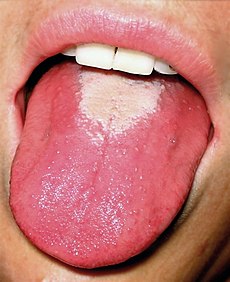Scarlet fever is a disease caused by exotoxin released by Streptococcus pyogenes.Once a major cause of death, it is now effectively treated with antibiotics. The term scarlatina may be used interchangeably with scarlet fever, though it is commonly used to indicate the less acute form of scarlet fever that is often seen since the beginning of the twentieth century.
It is characterized by:
- Sore throat
- Fever
- Bright red tongue with a "strawberry" appearance
- Characteristic rash, which:
-
- is fine, red, and rough-textured; it blanches upon pressure.
- appears 12–48 hours after the fever.
- generally starts on the chest, armpits, and behind the ears.
- spares the face (although some circumoral pallor is characteristic).
- is worse in the skin folds. These Pastia lines (where the rash runs together in the armpits and groin) appear and can persist after the rash is gone.
- may spread to cover the uvula.
The rash begins to fade three to four days after onset and desquamation(peeling) begins. "This phase begins with flakes peeling from the face. Peeling from the palms and around the fingers occurs about a week later." Peeling also occurs in axilla, groin, and tips of the fingers and toes

No comments:
Post a Comment